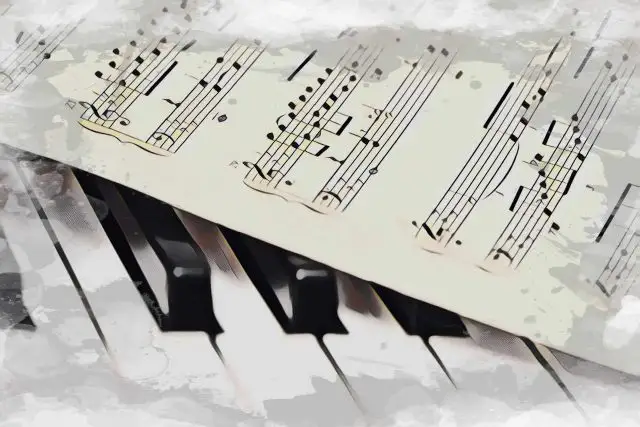Slash chords. The secret ingredient that can take a song to new emotional depths.
They’re versatile and brilliant. Led Zeppelin loved them, I love them, and by the end of this article you’re going to love ‘em too!
What are Slash Chords?
Slash chords are chords with a different bass note from the root of the chord . Slash chords make it easy to communicate that you want THIS chord with THAT bass note.
Say what now?
To get a better understanding of slash chords, you’ll need a rudimentary knowledge of chords in general. While you can totally play slash chords without much musical training, it never hurts to brush up on your theory so you know how the sausage is made (and why!).
Bass Notes versus Root Notes
Basic Triads
A basic chord is made up of three notes, based on the 1st, 3rd, and 5th degrees of the scale.
A chord's root note is the first note of the chord. So in a C chord (C-E-G), C is the root, with E and G stacked on top.
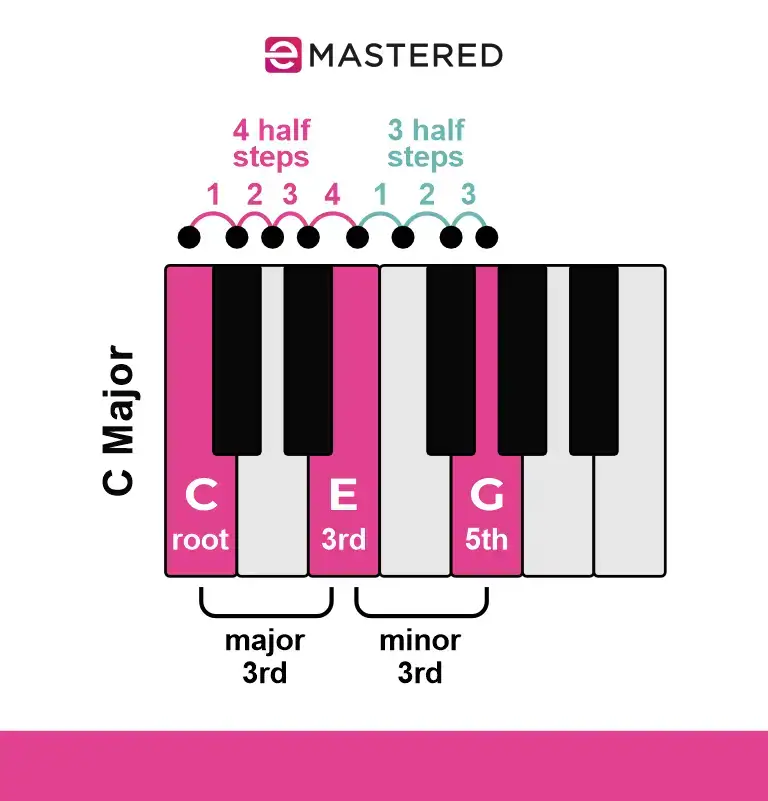
More Complex Chords
The same rule applies for more complex chords; the root is considered to be the first note of the chord. So in something fancy like Cmaj7(#9), C is still the root.
Bass Notes
In an ensemble setting, bass notes are normally derived from the root note of the chord being played.
For example, in the chord progression C - F - G , the bass player would play the notes C, F, and G, as the rest of the band played those chords.
With me so far? OK, and now....
Slash Chords
When it comes to a slash chord, the bassist will play the note specified for them while the band plays the chord, for example playing a B in the bass while the band plays a G chord.
Slash Notation
Slash chords get their name from the forward slash used to differentiate between the chord and the bass note to be played.
Taking the above example, a G major chord played over a B in the bass would be written down like this: G/B
When talking about slash chords, we just say ' G over B '.
Slash Chords and Inversions
A chord inversion is when the root of the chord is not the first (bottom) note of the chord.
For example, the chord notes for a G major triad in first inversion are B-D-G, where B is the bass note. As a slash chord, this would be written G/B .
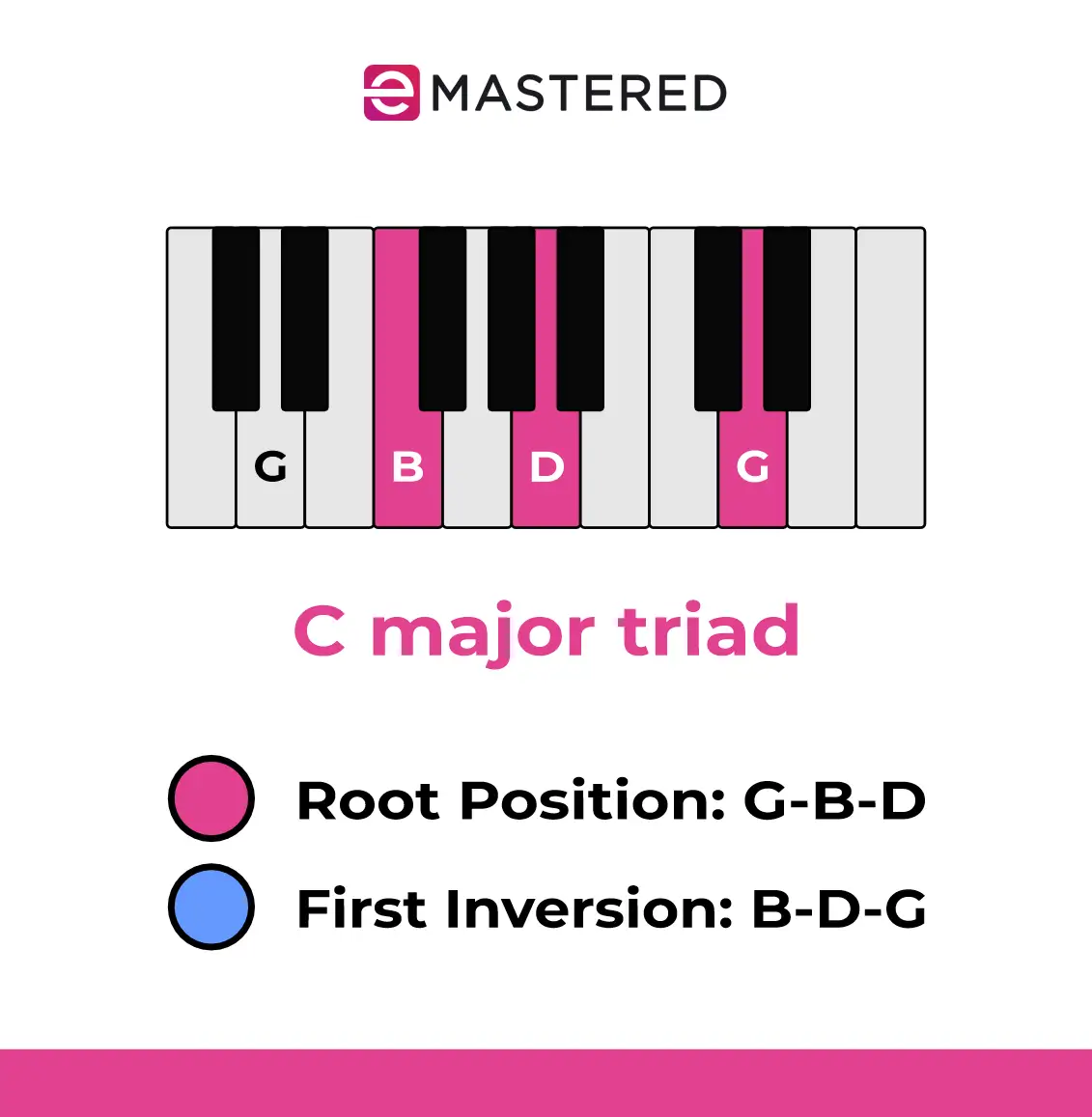
You'd be right in thinking that slash chords are chord inversions. The difference is that the second letter in a slash chord refers only to the bass note, not how the chord itself is played.
So a guitar player might play G in root position (G-B-D), while the bass player plays the note indicated in the second letter of the slash chord (B in the above example).
Furthermore, the second letter (bass note) doesn't necessarily have to be part of the original chord tone.
With a slash chord of C/B you'd have a C major chord (C-E-G) over a B in the bass.
A word of warning though: when you don't use the same notes as the chord tone, you run the risk of creating something ugly. Use your ears to judge if it sounds good!
Why Use Slash Chords?
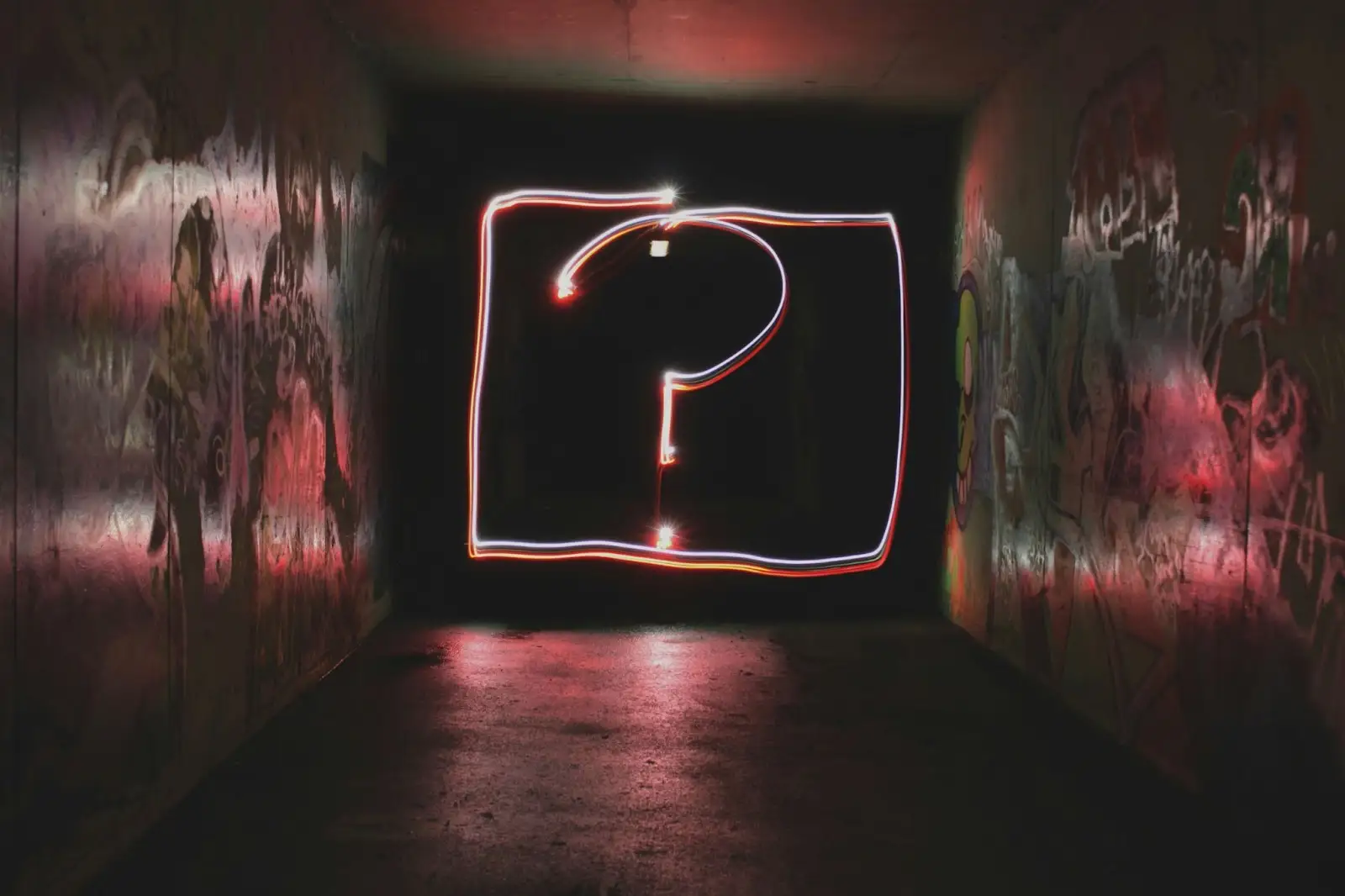
There's a few reasons why using a slash chord in place of a 'regular' one can be a smart musical move.
Create a rich harmonic landscape
Since bass lines are the foundation upon which music is (harmonically) built, a slash chord can be used to highlight a particular bass note that isn't necessarily the root of the chord, or even part of the chord tone.
Create interest in chord progressions
Another reason to use slash chords is to create tension and movement in the bass line. By using slash chords you can keep the bass moving underneath the same chord, for instance when using a descending bass line.
Build smooth transitions between chords
Another use for slash chords is to make changes between two chords silky smooth, by changing the bass note to one that leads nicely into the next chord.
Say for example you move from a D major triad (D-F#-A) to a G major triad (G-B-D). We'd write that chord progression as:
D - G
All well and good, but a little dull. To spice things up add a slash chord after the first chord:
D - D/F# - G
Here the bassist would play D-F#-G. The inserted F# leads nicely to the G bass note in the third chord.
Simplifying complex chord spellings
Sometimes chords can get incredibly complicated and it's easier to read them as a slash chord.
For example, would you rather read this:
B11b9b13
or this:
B/C
The first notation is a little more informative in terms of what the composer intended, but the second is much easier to read on the fly!
How to Play Slash Chords
Bass
If you're a bass player, playing slash chords is a doozy. Simply play the second letter of the slash chord.
Paying attention to the first letter lets you know what other notes you can decorate with when the slash chord occurs.
Piano/Keys
Slightly more involved than just playing bass, a keys-person needs to read both letters, playing the first letter with the right hand (the chord), and the second letter with the left hand (the bass note).
Guitar
Guitar slash chords can be approached several ways.
- Play only the chord itself, and let the bassist handle the 'slash note' (the second letter).
- Alter the voicing so the bottom string plays the 'slash note'.
- Play the 'slash note' first, followed by the chord itself. This is best suited when you're playing without a bassist.
Common Slash Chords
While you can make any combination of chords and bass notes into a slash chord, some slash chords are more common than others. Here's some you're likely to come across often.
The Rising Third
This kind of slash chord occurs after a root position voicing, using the third of the chord to move towards a new root note.
C - C/E - F
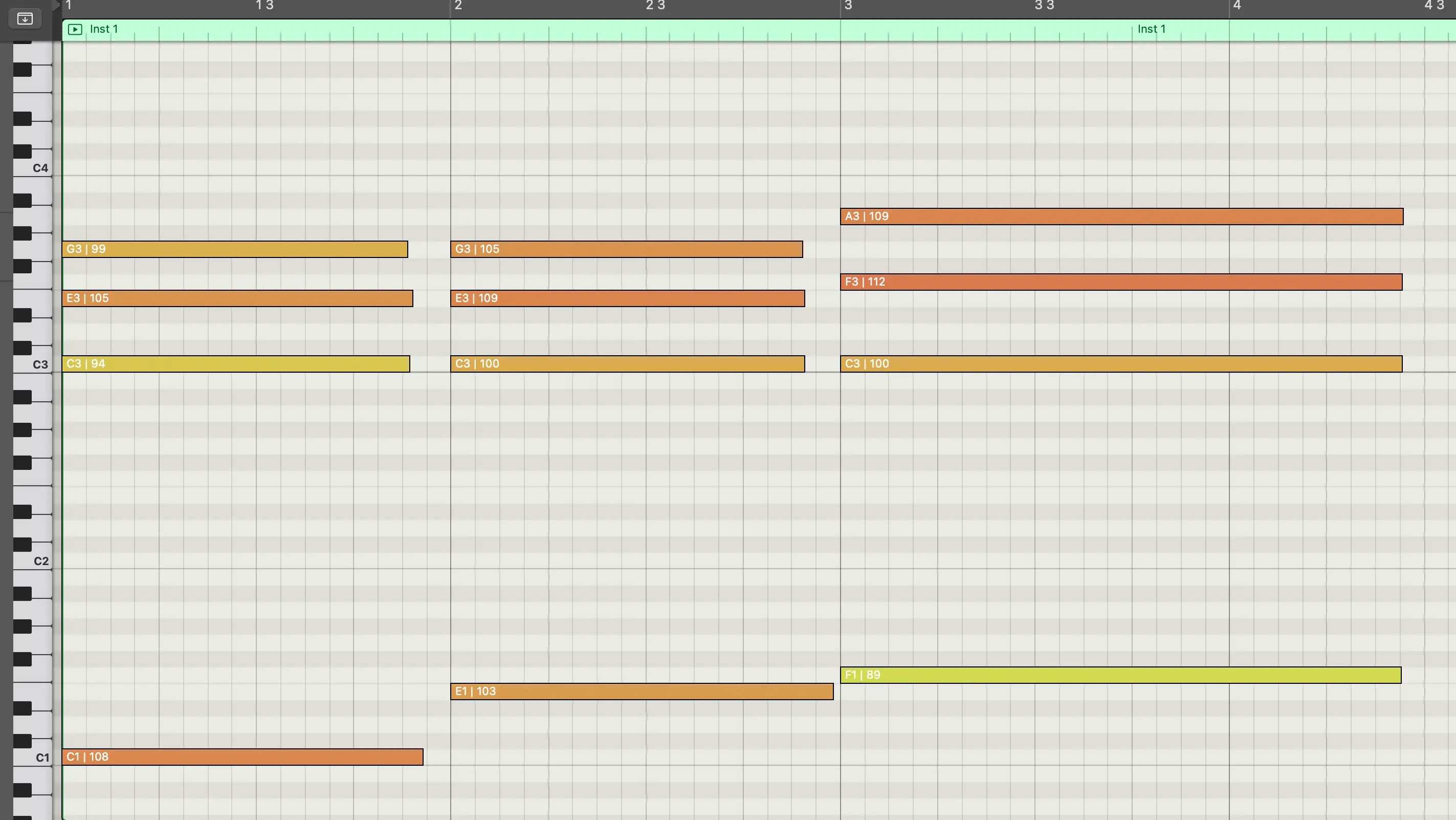
The Descending Bass
In this second example, slash notation moves the bass note down while the chord stays the same.
Am - Am/G - Am/F - Am/E - Am/D - Am/C - Am/B - E

The Tension Builder
This type of slash chord uses the fifth to build tension, begging to be resolved! Instead of a regular old C-G progression, we use:
C/G - G
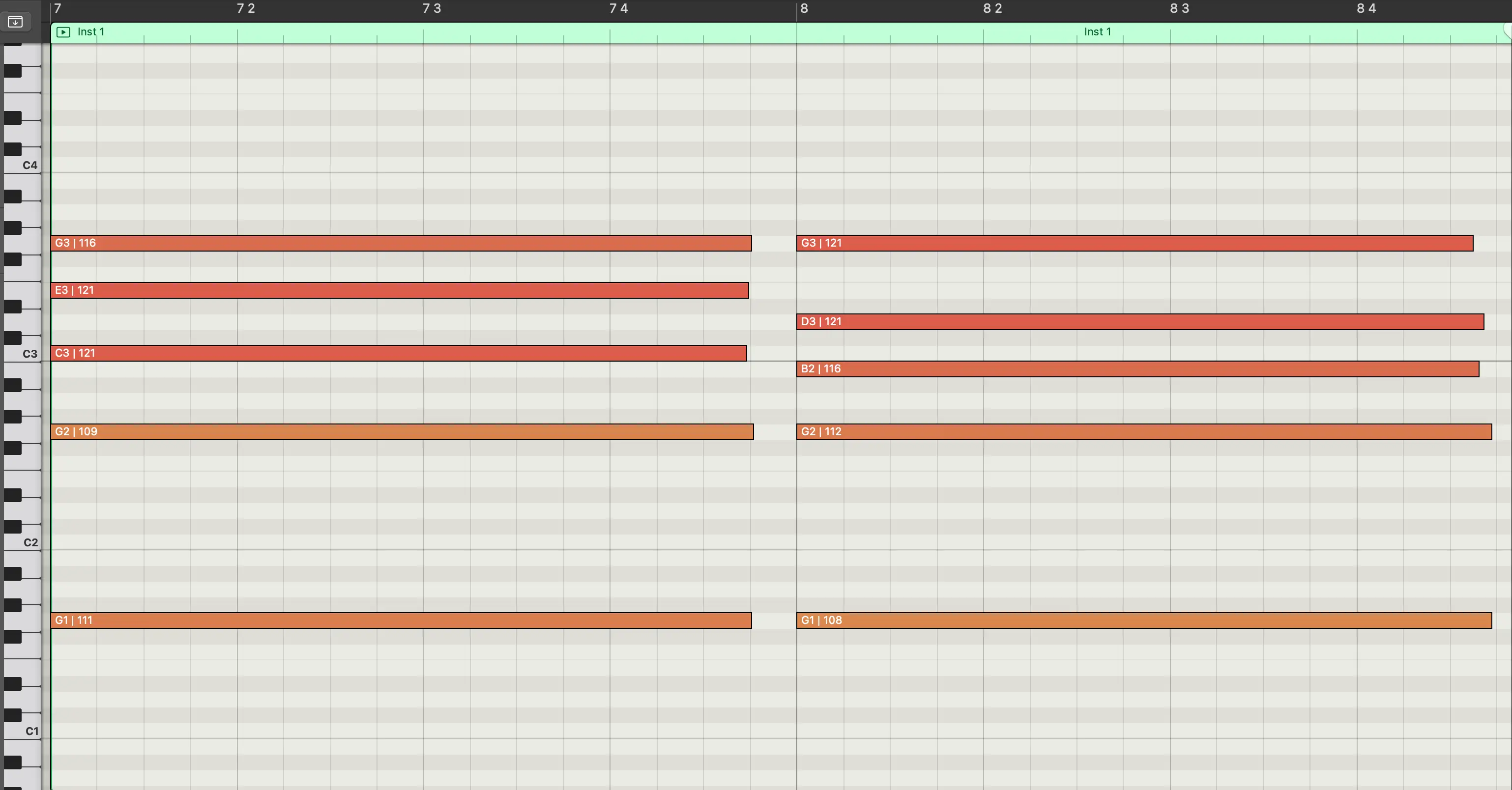
The Homebound
This one is great at making a big point and resolving back to the tonic (home base of the key). It places the IV (subdominant) chord over a V (dominant) bass note, before heading home.
F/G - C

All these chord progressions can occur in different keys, but the movement is still the same!
Slash chords are a great way to add interest and movement to your choons. If you play in multiple bands, or work with other musicians regularly, knowing how to interpret slash chords is an invaluable skill to have.
Now go forth and slasheth the music!


